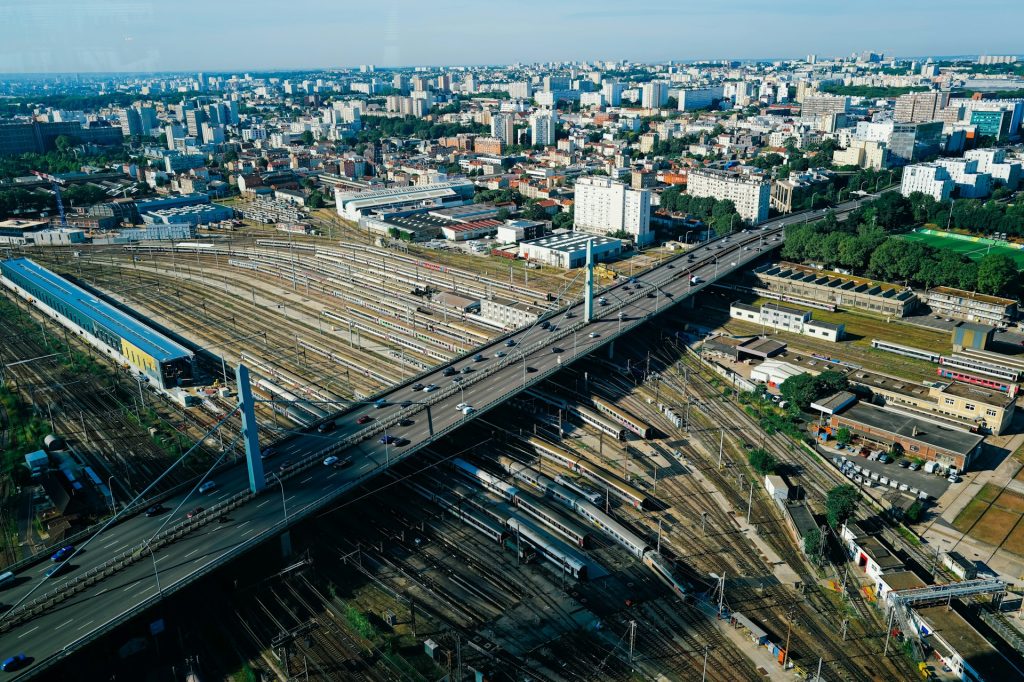
If you’re a Nigerian business owner, the week of Sept 21–28 looked like a pendulum. On one side, new loans, forex reforms, inflation relief, and digital tools. On the other side, power cuts, water shortages, insecurity, and strikes. Across Africa, the story was the same: gold rallied, green hydrogen deals signed, rail projects launched, but droughts and protests returned.
It’s a familiar rhythm—headlines promise progress, daily life delivers friction.
Nigeria’s Balancing Act: Policy vs. Daily Reality
- FX rules reshaped: The CBN unveiled new forex guidelines and later allowed exporters to retain 60% of foreign earnings. The intent? Build trust, reduce arbitrage, and stabilize the naira.
- Inflation eased slightly—28.4% in urban centers, dipping to 27.5% by the end of the month. But ask anyone in a market: food inflation above 30% still burns.
- Infrastructure & loans: Nigeria pulled in $1.8bn from the World Bank, $2.5bn rail deals with China, and $3bn to reform the power sector. Lagos alone announced a $1.2bn plan for transit and ports.
- Digital tools: NYSC rolled out digital IDs; CBN launched eNaira 2.0; Lagos tested AI traffic management; commuter ferries were added to ease congestion.
But the street said otherwise:
- Protests over blackouts in Abuja.
- Fuel queues in Port Harcourt.
- Doctors’ and lecturers’ strikes paralyzing health and education.
- Water shortages and insecurity protests in Kaduna.
Translation: macro reforms don’t yet trickle into micro relief.
Africa’s Split Screen: Gold, Green Deals, and Grim Realities
Resource booms: South Africa’s mining shares soared on record gold; Cairo signed green hydrogen deals; Kenya secured rail investments and geothermal funding; Johannesburg lured EV makers.
- Urban pivots: Addis Ababa launched electric buses and car-free Sundays; Kigali signed a $1bn logistics hub deal; Johannesburg unveiled a $2bn green energy plan.
- But crises persisted: Drought in Ethiopia, measles outbreaks in DRC, displacement in Sudan, food inflation protests in Ghana, fuel anger in Kampala, hunger in Tigray, flooding in Kinshasa, and schools reopening only after unrest.
The continent is chasing cleaner, faster, more connected futures, but still dragged back by climate shocks and governance gaps.
Playbook for Nigerian & African SMEs
- Energy hedge: Diversify power sources—solar + inverter + shared grid—to survive outages.
- Urban mobility: Use ferries/alternative routes for logistics; test delivery apps synced with AI traffic windows.
- Price planning: Bake in 10–15% inflation volatility when pricing products.
- Trust factor: Communicate clearly when costs shift—consumers reward honesty over silence.
- Export edge: If you’re in agribusiness or light manufacturing, align with new rail/logistics corridors—they cut future costs.
- Digital readiness: Accept eNaira, POS, and mobile money early; use digital IDs for onboarding youth hires.
- Risk watch: Protests highlight real risks—monitor them as seriously as FX charts.
The Bigger Picture
Nigeria and Africa are living two truths at once. One truth is about billions in loans, clean energy, and digital innovation. The other is about queues, strikes, and scarcity. Businesses that thrive are those that plan for both realities—ready to seize opportunities while buffering against shocks.
The Bottom Line
As a business, you can’t afford to wait for policies to work perfectly. You need practical hedges, smarter pricing, and sharper logistics—and a clear strategy that ties reforms to your bottom line.
That’s exactly what we build at Ulysses Blueprints: clarity plans that turn weekly headlines into actionable playbooks for your business. From pricing models to power strategies, we map where your risks and opportunities really lie.
Ready for clarity?
Get the 3-part creator blueprint free and start decoding business problems just in time.
